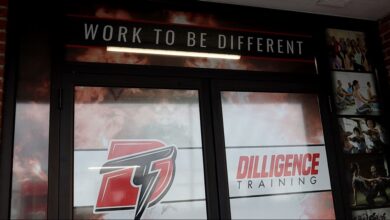A Glimpse at Forgotten History — Connecticut by the Numbers

By Mary M. Donohue for Connecticut Explored
Throughout the era of Jim Crow and until the late 1960s, African American travelers were never assured that they would be served at restaurants, allowed to rent rooms at hotels or motels, or be allowed to purchase gasoline. In 1936 Victor H. Green, an African American mailman in New York City, published The Negro Motorist Green Book, a travel guide to businesses in New York City that would serve black customers. A year later, he expanded his guide to include businesses across the nation. Green counted on word of mouth to compile listings and asked his readers to send him information about businesses that welcomed black customers. He listed a wide array of businesses including hotels, private homes willing to rent rooms, night clubs, restaurants, service stations, and beauty parlors. The guide covered most states and larger cities.
By 1940 The Green Book included seven cities in Connecticut. Below are examples of entries for sites located in New Haven, Waterbury, and New London. As the New London entry reveals, The Green Book was not the first, nor the only such, travel guide. But The Green Book was one of the most successful, publishing until 1966.
New Haven
New Haven’s listings included hotels, tourist homes, restaurants, beauty parlors, and a beauty school. Most of these were located in the Dixwell neighborhood, including the Monterey Club at 265 Dixwell Avenue, where the building still stands. Founded by successful African American vaudeville performer Rufus Edward Greenlee in 1934, the Monterey Club became a prominent jazz club hosting superstars such as Duke Ellington, Billie Holiday, and John Coltrane. It closed in 1991.
Waterbury
By Raechel Guest
























































